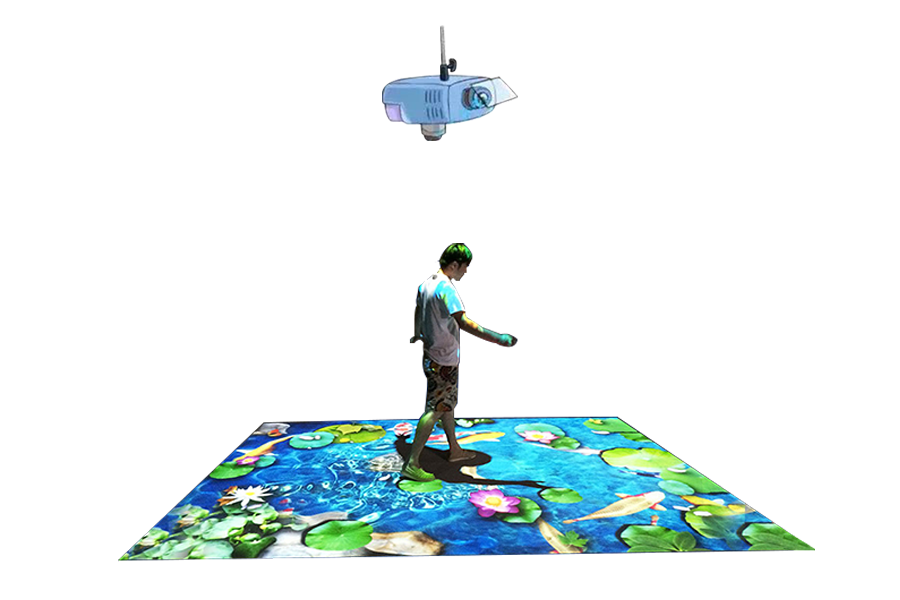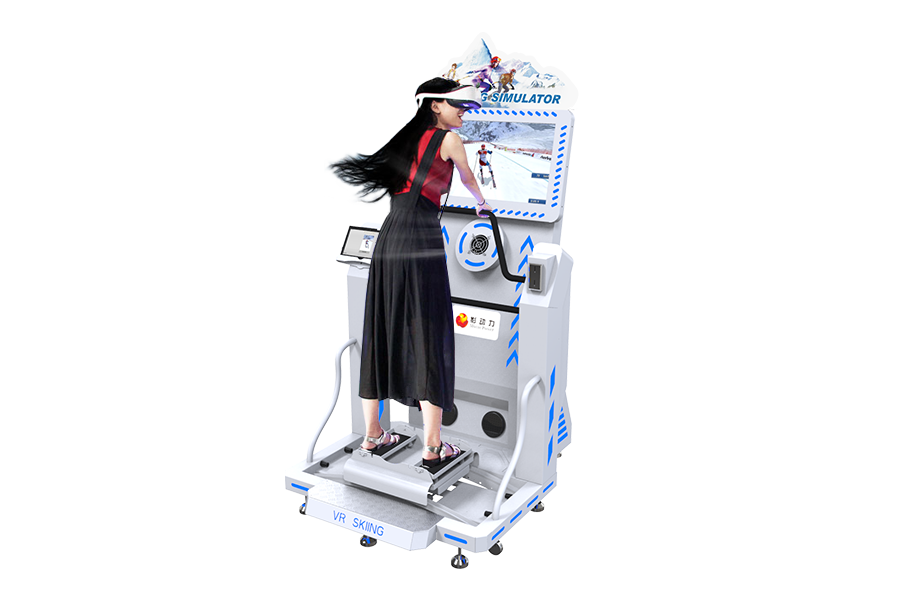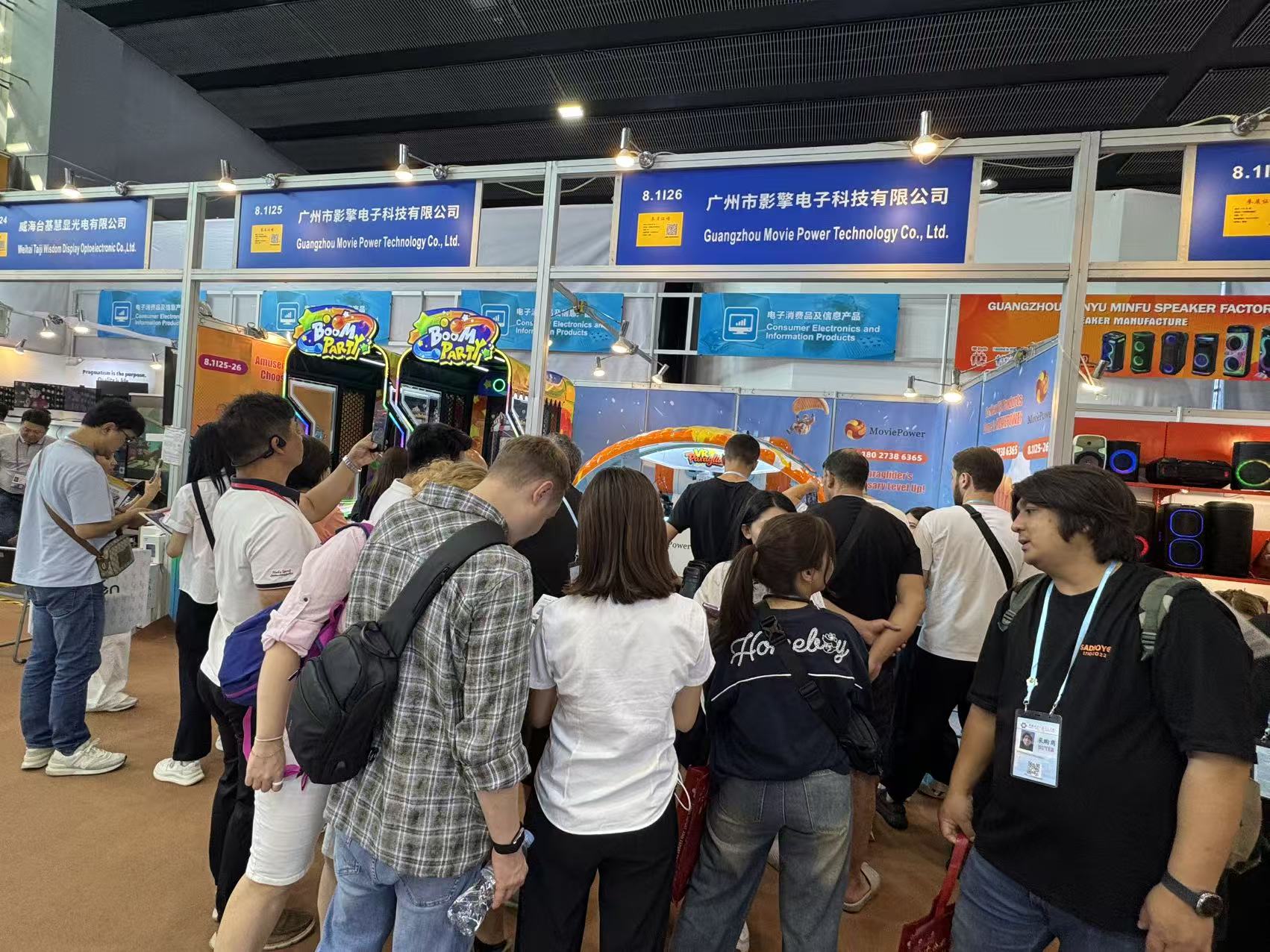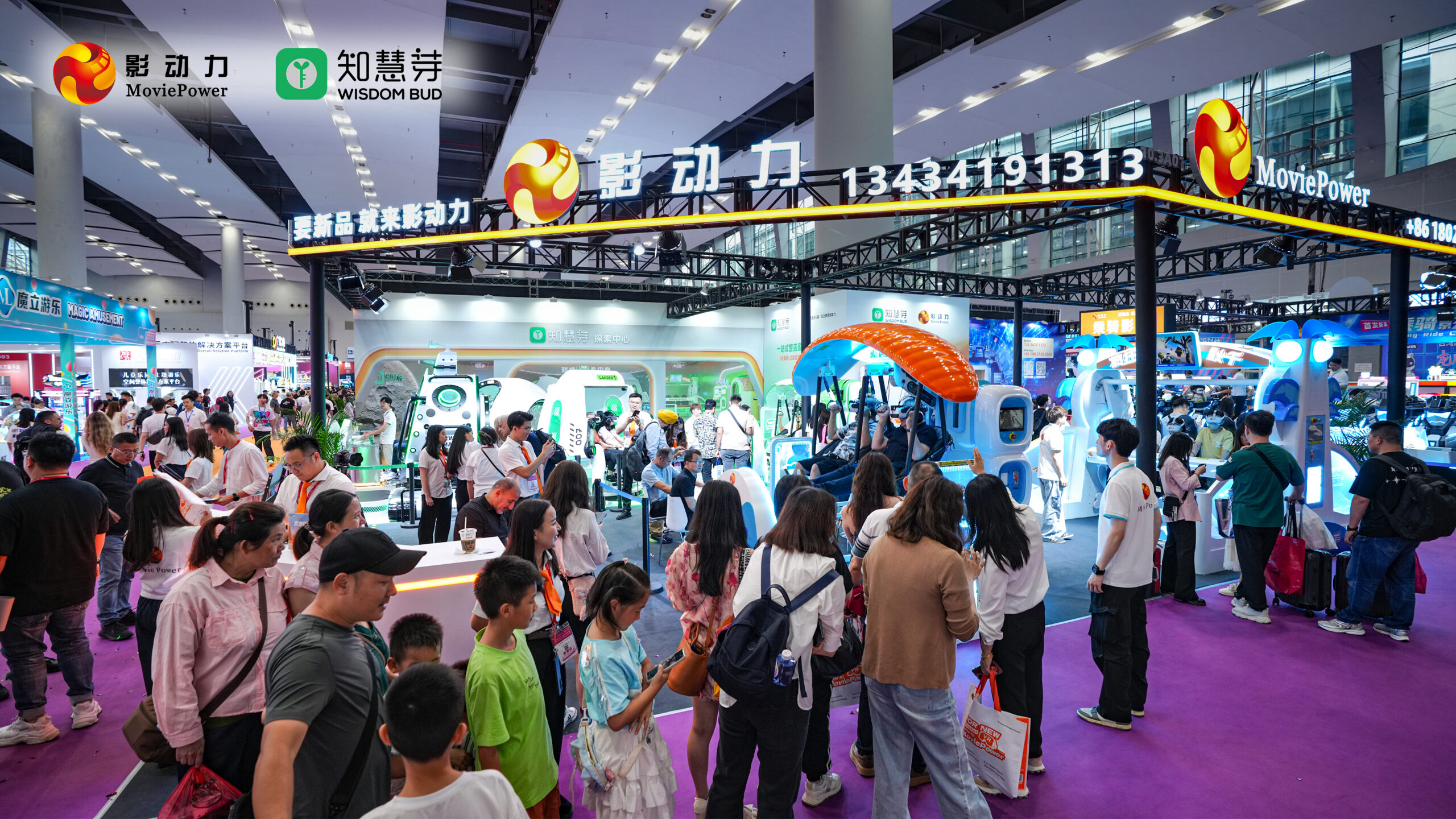Virtual reality (VR) has transformed the way we experience digital content, immersing users in lifelike environments. One innovative aspect of VR technology is the introduction of VR treadmills, a groundbreaking development that takes virtual experiences to a whole new level.
In this blog, we’ll delve into their intricacies, Let’s take a step into the virtual realm with its introduction.
Decoding the VR Treadmill

VR treadmills, also known as VR walking platforms, redefine the way we engage with virtual spaces. These devices enable users to physically walk or run in a designated area while immersed in a virtual environment. The integration of VR technology with a walking platform enhances the sensory experience, making users feel as though they are truly present in the digital world.
Evolution of VR Treadmill
The roots of VR treadmills trace back to the early 2000s. Initially conceived as a gaming accessory, it has gradually gained wider implications as a powerful tool to bridge the gap between virtual and actual locomotion.
Combined with VR egg, this vr game represents a significant leap in the evolution of these devices.
In its essence, a virtual reality treadmill is a mechanical device that complements virtual reality interfaces by permitting users to walk or run in place.
Components of VR Treadmill
These high-tech devices comprise a base platform, support structures, harnesses, tracking devices, advanced sensors, motion tracking systems, and ergonomic designs. Ensuring user comfort remains integral to its design, hence the presence of cushioned shoe attachments.
Combining these elements creates a virtual landscape that responds to users’ movements, creating a truly immersive encounter.
How VR Treadmill Works

Understanding their working requires addressing foot mechanics and integration with the VR environment.
Its functionality lies in their omnidirectional treadmill design, allowing users to move freely in any direction. Similar to the aeroski virtual reality, a home exercise machine, technological treamills mimic natural walking or running movements, enhancing the sense of realism in virtual environments.
Foot Mechanics
This departure from traditional treadmill designs represents a paradigm shift, promising a more natural, engaging, and user-friendly future for virtual reality enthusiasts and fitness aficionados alike.
It has various characteristics:
- Beltless Freedom: This departure transforms the user experience, allowing for unrestricted, natural movement.
- Centered Striding: Rather than being confined to a fixed position, users can stride freely, exploring virtual landscapes while remaining centered on the treadmill.
- Shoe Attachments: These attachments can minimize friction for smooth movement and ensure users stay connected to the omnidirectional platform.
- Omnidirectional Platform: VR treadmills introduce an omnidirectional platform that accommodates movement in any direction. Users can seamlessly walk forward, backward, sidestep, or pivot, mirroring the versatility of natural human movement.
Synchronization with VR World
The VR treadmill interfaces with the VR headset through motion detectors and gyroscopes. These elements monitor each stride’s speed and direction, communicating these movements synchronously into the VR world.
Their magic lies in their synchronization with the VR world. Of course, the amazing experience is not just in this machine, it can also be tracked in other vr sports, like vr skiing, vr shark cage, and so on.
For example, imagine playing a virtual tennis match with a VR tennis simulator– every step, turn, and jump is seamlessly mirrored in the digital realm. This synchronization also can create an unparalleled level of immersion, blurring the lines between the physical and virtual worlds.
Benefits of VR Treadmill
With natural foot mechanics and omnidirectional freedom, users can explore virtual worlds authentically. From enhanced gaming thrills to promoting fitness and aiding in medical rehabilitation, They redefine how we interact with digital content, providing a dynamic and engaging platform for entertainment, exercise, and therapeutic applications.
The VR treadmill holds five-fold benefits. Let’s explore each.
Enhanced Immersion
The training machines offer an unprecedented level of immersion, especially evident in applications like the VR ski simulator. Users can virtually traverse snow-covered slopes, feeling the resistance and gradient changes as if they were skiing in the mountains. This heightened sense of realism contributes to an unparalleled gaming and entertainment experience.
The experience of physically walking promotes enhanced immersion into the VR world. This full-body engagement provides a 360-degree virtual exploration, making users part of the content rather than mere spectators.

Promotes Fitness
Beyond gaming, they have found application in fitness. The static, yet physical engagement of this home exercise machine facilitates cardio workouts while indulging in exhilarating gaming or VR environments.
Besides, the integration of VR skiing not only provides an exhilarating workout but also makes exercise more engaging. Users can experience the thrill of skiing without leaving the comfort of their homes, entertainingly promoting physical activity.
Gamifying workouts effectively mask the grind, streamlining fitness with pleasure.
Versatility in Exploration
Users can explore virtual worlds with unprecedented freedom, walking, jogging, or sprinting in any direction, amplifying the sense of adventure and exploration. But at the same time, it can excel in replicating natural movement, capturing the essence of walking or running without the constraints of a mechanical belt.
Improved User Engagement
The freedom of movement the machine offers enhances user engagement, making fitness routines, gaming experiences, and virtual exploration more enjoyable and immersive.
Application in Medical Rehabilitation
In the therapeutic realm, VR treadmills hold prominence in physical rehabilitation. These devices are increasingly used in medical rehabilitation, providing a controlled environment for patients to regain mobility and coordination. They provide a controlled space for patients experiencing mobility issues to recover strength and coordination in a safe, simulated environment.
Comparison with Traditional VR Setup
Unlike traditional VR systems that focus on handheld controllers and limit movement due to spatial constraints, VR treadmills excel in offering unrestricted, simultaneous physical and virtual interaction.
Omni one treadmill, for example, enables users to interact with the virtual environment using natural body movements, enhancing the overall experience. An authentic experience, minus the risk of bumping into objects.
Technological Limitations
Despite their numerous advantages, they face technological limitations.
- Space Requirements: VR treadmills demand ample physical space, limiting usage in smaller environments.
- Cost Constraints: High initial costs may hinder widespread adoption, especially for individual consumers.
- Compatibility Challenges: Ensuring seamless integration with existing VR systems poses technical hurdles.
- Complex Setup: Installation and calibration can be intricate, requiring technical expertise and time.
- User Safety Concerns: Potential risks of collisions or accidents during use necessitate careful consideration and safety measures.
- Potential Motion Sickness: Intensive or prolonged use may induce motion sickness in some users.
- Portability Issues: VR treadmills may lack portability, limiting usage in different locations.
- Dependency on VR Content: The experience heavily relies on the availability and quality of compatible VR content.
Legal and Ethical Considerations
As the walking platform becomes more prevalent, legal and ethical considerations come to the forefront. Issues such as:
- User Privacy: Protecting user data and ensuring compliance with privacy regulations is paramount for ethical use.
- Safety Standards: Adhering to established safety standards and regulations is crucial to prevent accidents and ensure user well-being.
- Content Regulation: Implementing measures to monitor and control the content available on them to prevent inappropriate or harmful experiences.
- Intellectual Property: Respecting intellectual property rights and licensing agreements when incorporating third-party content into VR training experiences.
- Liability Issues: Clarifying liability and responsibility in the event of accidents or injuries related to machine use.
- Security Measures: Implementing robust security measures to protect users from potential cyber threats or hacking incidents.
- Preventing Addiction: Monitoring and addressing potential addictive behaviors related to extended VR treadmill use to promote responsible usage.
- Regulatory Compliance: Staying abreast of evolving regulations in the VR and technology sectors to ensure ongoing compliance.
- Cultural Sensitivity: Being mindful of cultural differences and sensitivities in VR content to avoid inadvertent offense or controversy.
- Data Security: Implementing robust measures to secure user data, preventing unauthorized access or data breaches.
Striking a balance between innovation and responsibility is essential for the responsible development of VR training technology.
Future Predictions for VR Treadmill
Looking ahead, the future of VR treadmills holds exciting possibilities.
As they become more accessible and refined, their integration into various sectors, including gaming, fitness, and therapy, is expected to surge.
Advancements in sensor technology, virtual reality graphics, and user interface design are poised to enhance the overall VR experience. An enhanced VR immersion, fitness gaming, cinematic walks, and augmented reality incorporations – the future holds potent surprises.
Concluding Insights
In conclusion, the gaming treadmill has represented a convergence of the virtual and physical worlds. The immersive experience and freedom training offered by the training machine, coupled with their applications in gaming, fitness, and rehabilitation, marks a significant stride in the evolution of virtual reality technology.
As we continue to push the boundaries of innovation, VR treadmills stand at the forefront, inviting users to step into a new dimension of digital reality.



